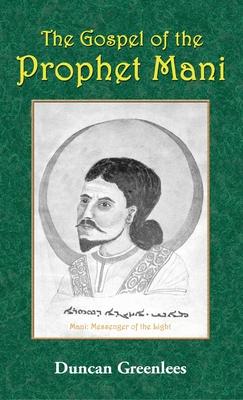For many centuries Manicheism was a powerful and far-reaching religion, rivaled only by Christianity in its scope, but today it is virtually unheard of. It was more dualistic, Gnostic and spiritual so became the arch rival of Christianity and was ultimately stamped out. Every effort has been made to remove it from the memory of humankind and, for the most part, these efforts were a success. Today, however, there is a resurgence of interest in Gnostic thought and teachings. This book will contribute a wealth of new information that would otherwise be lost to history. There is without question no better book on the subject. The author has assembled every known lost fragment of the faith that could possibly be found in order to accurately reassemble its doctrines and teachings. The information is presented factually, without a bias in either direction, to document this movement and its history accurately. He lets the teachings speak for themselves, which allows the reader to make an independent assessment regarding its veracity. From an historical point of view the book is valuable because it both broadens and clarifies our view of religious history, showing what Christianity was truly up against and why Manicheism remained so popular for so long. There is no doubt that the prophet Mani was a great spiritual teacher - he had to be for the religion to flourish for so long. It lasted for over one thousand years in one form or another. Many of the holy books written by Mani have been lost or destroyed, only fragments remain, while his followers were killed and persecuted for centuries. What has been recovered has been painstakingly pieced together in this important work for the benefit of scholars, religious researchers and those interested in alternative spiritual paths.

For many centuries Manicheism was a powerful and far-reaching religion, rivaled only by Christianity in its scope, but today it is virtually unheard of. It was more dualistic, Gnostic and spiritual so became the arch rival of Christianity and was ultimately stamped out. Every effort has been made to remove it from the memory of humankind and, for the most part, these efforts were a success. Today, however, there is a resurgence of interest in Gnostic thought and teachings. This book will contribute a wealth of new information that would otherwise be lost to history. There is without question no better book on the subject. The author has assembled every known lost fragment of the faith that could possibly be found in order to accurately reassemble its doctrines and teachings. The information is presented factually, without a bias in either direction, to document this movement and its history accurately. He lets the teachings speak for themselves, which allows the reader to make an independent assessment regarding its veracity. From an historical point of view the book is valuable because it both broadens and clarifies our view of religious history, showing what Christianity was truly up against and why Manicheism remained so popular for so long. There is no doubt that the prophet Mani was a great spiritual teacher - he had to be for the religion to flourish for so long. It lasted for over one thousand years in one form or another. Many of the holy books written by Mani have been lost or destroyed, only fragments remain, while his followers were killed and persecuted for centuries. What has been recovered has been painstakingly pieced together in this important work for the benefit of scholars, religious researchers and those interested in alternative spiritual paths.